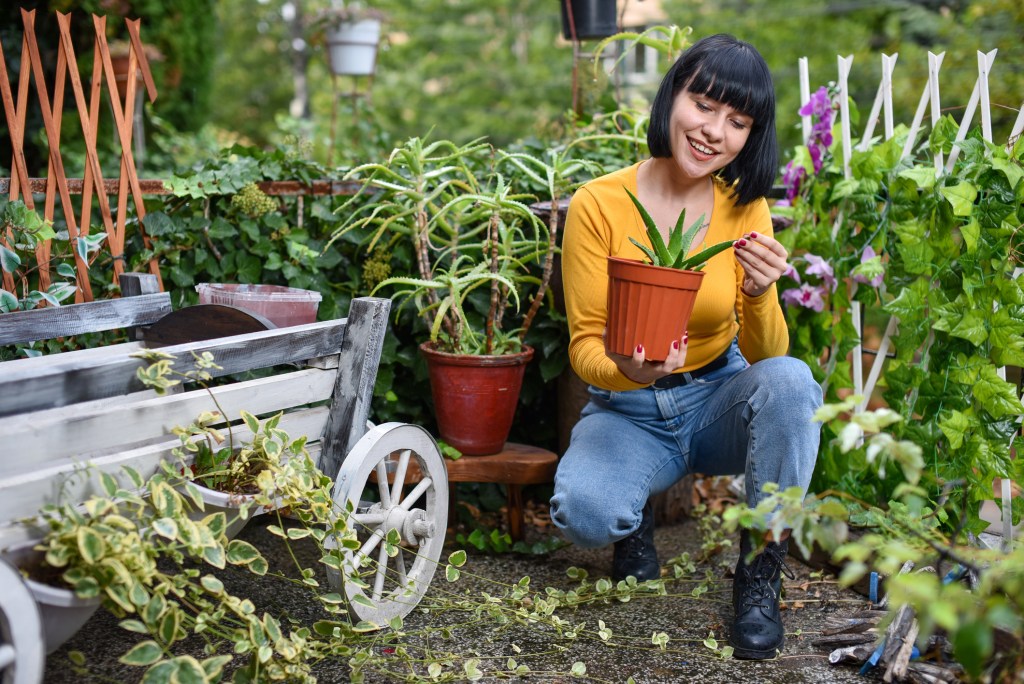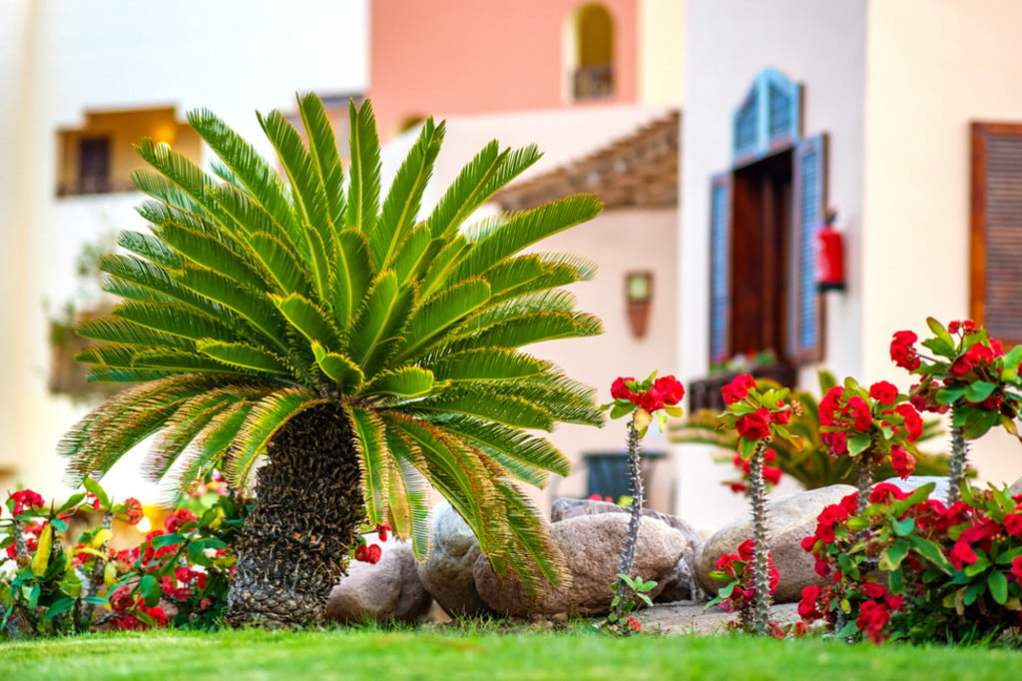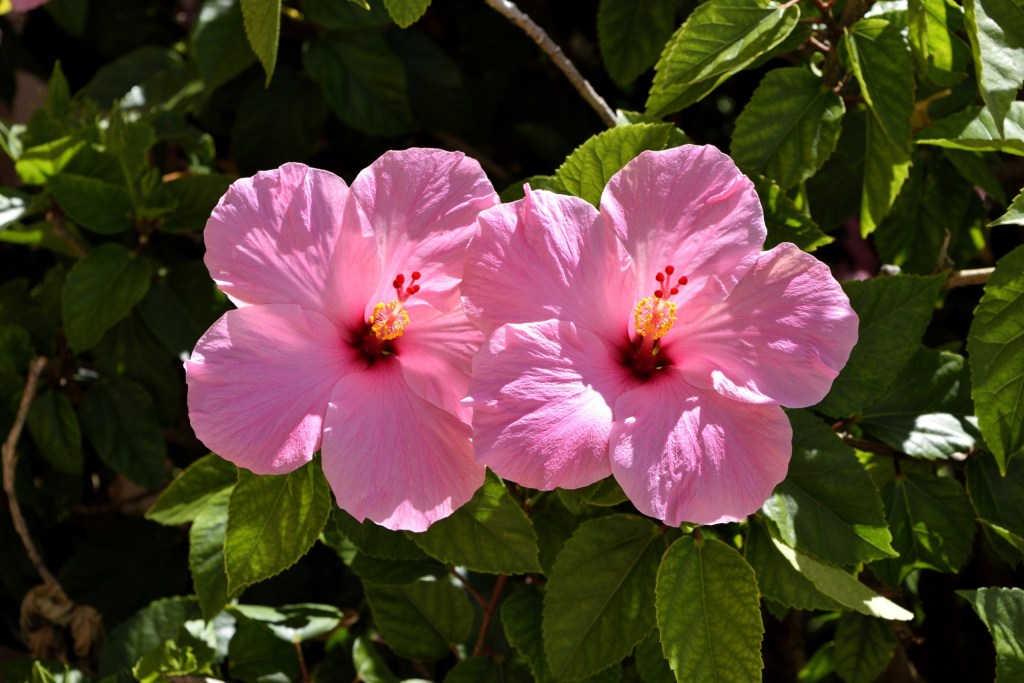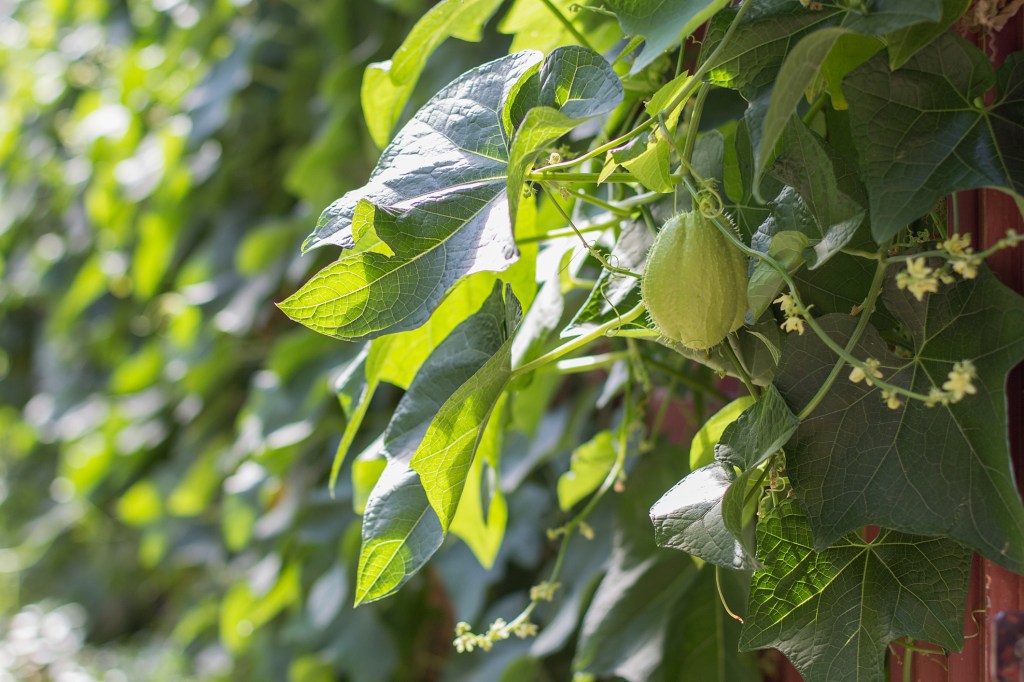Consisting of the southernmost parts of the United States, zone 10a is a rich region for a wide range of plants. While you might need to keep an eye out for tender herbs and cold-hardy plants, many flowers, succulents, and plants can thrive in zone 10a’s warm temperature outdoors. Below, we’ve put together a zone 10a planting guide to break down all that you need to know about this welcoming environment for nourishing foliage life.

What is a climate zone?
With the Plant Hardiness Zone Map, the U.S. Department of Agriculture has divided the country into 13 different climate zones based on average annual minimum temperature ranges. Zone 1 has the coolest temperatures, while zone 13 has the warmest ones.
Labels at nurseries often indicate where a particular plant is hardy. If a plant falls in your hardiness zone, it’s a perennial in your area, which means it can last more than one growing season there. Climate zones are a great starting point for planning out your garden, but also consider the conditions of your specific microclimate when picking out plants.

Where is zone 10a?
Zone 10a consists of parts of California and Hawaii, in addition to coastal Texas, Louisiana, and Florida. Zone 10 divides into zone 10a and zone 10b, with zone 10a being the cooler half. Average minimum temperatures in zone 10a range between 30 and 35 degrees Fahrenheit (as opposed to zone 10b’s 35 to 40 degrees Fahrenheit). Zone 10a generally features warm temperatures and humid conditions throughout most of the year.

What grows best in zone 10a?
Because zone 10a is a warm area, it’s a welcoming habitat for many plants, including tropical plants. A note of caution: You might want to be careful with heat-sensitive plants. If you have a plant that’s more cold hardy than heat hardy, leave it in the shade or use shade cloths to keep it cool. Remember to stay consistent with watering and mulching when tending to your zone 10a plants.
Zone 10a flowers
Because of its high temperatures and ample sunlight, zone 10a is hospitable for many perennial flowers throughout the year. Some flowers that do particularly well in this region include gerbera daisies, camellias, azaleas, and daylilies. Pollinator-attracting wildflowers, such as columbine, yarrow, sunflowers, and coneflowers are also great low-maintenance blooms for a zone 10a garden. If you’re interested in tropical blooms, consider orchid and hibiscus flowers for your garden. Zone 10a flowers love full sun, but remember to water them consistently when summer hits.
Zone 10a foliage
Zone 10a can be a habitable environment for everything from succulents to tropical plants. Succulents, such as aeoniums and aloes, do well in zone 10a because of its warm temperatures, but you want to keep these in well-draining soil. Landscaping plants that are otherwise houseplants in other zones also thrive here — think elephant ears, peace lilies, ponytail palms, bird of paradise plants, and snake plants. Rex begonias can also do well in zone 10a, but you should leave them in an area that receives ample humidity.
What does a zone 10a planting schedule look like?
Zone 10a features relatively mild winters, so you can grow things throughout the year without worrying too much about frost. The first frost usually hits around mid-December, but the last frost comes quickly around the end of January. This means you can start sowing seeds into the ground as early as February. You can play it safe by starting seeds inside during the holidays and then transplanting them into a garden bed. You can also wait for the soil to reach at least 50 degrees Fahrenheit before directly sowing seeds outside — warm soil is better for germination.
Herbs do best when you start them in cooler months at the end or beginning of the year. If you plan on growing herbs a little later, stick with heat-tolerant kinds, such as lavender, rosemary, and sage. When you get into February, that’s when you’ll want to start heat-sensitive plants and bulbs.
In late spring, around May or June, grow heat-tolerant plants, such as sweet potatoes and hot peppers. When you reach the height of summer, that’s when you can begin tropical vegetables, such as chayote. In August, you can start autumn veggies, such as tomatoes, pumpkins, squashes, and eggplants.
Though zone 10a has temperatures that fall on the cooler average minimum range of zone 10, it’s still a relatively warm area that can welcome many plants. Whether you’re looking to incorporate flowers, succulents, tropical plants, or veggies into your zone 10a garden, you have a vast range of options available to build a beautiful, productive landscape.
Editors' Recommendations
- Everything you need to know about choosing the best rocks for landscaping
- Do you live in climate zone 2? Here’s what you need to know
- Do you live in climate zone 10? Here’s our guide to choosing the perfect climate zone 10 plants
- These are the 10 best gardening shows to stream right now
- The best vegetables to plant in November





